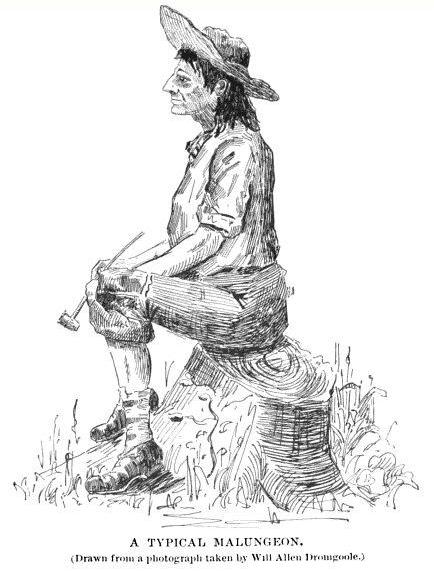“The Weird
of Hali” is a series of Lovecraft-inspired novels written by John Michael
Greer, who is otherwise most known as a peak oil blogger and author of books
about all things occult (including non-Lovecraftian monsters). Strictly speaking, Lovecraft-inspired is the
wrong word, though. Greer´s novels are rather not-so-subtle attacks on
Lovecraft! So far, three novels in this projected heptalogy have been
published: “Innsmouth”, “Kingsport” and “Chorazin”.
I admit
that I didn´t really like “Kingsport” on purely literary grounds, but you
probably have to read it anyway if you want to follow the plot developments of
this very peculiar saga. “Chorazin” reminds me of “Innsmouth”, which I rather
liked. The main character, Owen Merrill, is the same in both stories. Merrill,
a former US soldier turned Lovecraft scholar (sic), is an initiated member of
the cult of the Old Ones, which avid readers of this series know are the *good*
guys. Rather than a bunch of mixed-race, mixed-species Satanic magicians with a
penchant for human sacrifice and cannibalism (and strange adjectives), the
devotees of the Eldritch turn out to be a bunch of mixed-race, mixed-species
pagan magicians with a penchant for Gypsy tarot, psychedelic drugs and really
good ale! There´s nothing wrong with their English, either. But no, their gods
aren´t entirely harmless. The ancient pagan cults are locked in combat with the
Radiance, a group modeled on NICE in C.S. Lewis´ “That Hideous Strength”. The
Radiance, while claiming to be “noological” rationalists and atheists, really
believe in magic and the existence of the Ancient Ones, the magic of which they
want to steal and use for their own nefarious ends, the most important of which seems to
be turning the entire human race into robot slaves to a hive mind.
The plot
of “Chorazin” is as fast-paced as that of “Innsmouth”, but also more complex,
and I have to admit that I didn´t *entirely* get it. Thus, what is the exact
relationship between the Shambler from the Stars, the Mystery of the Worm and
the hideous shape with the gigantic claws? That being said, the basic plot
twists are the same, with the bad guys turning out to be good in the end. Or
perhaps “good”, since the Ancient Ones have their own agendas, not necessarily
compatible with those of humanity or Western civilization as we know it. One of
them in particular have every reason in the world to *really* hate Homo sapiens…
We also learn that the Old Ones, who are like gods unto us puny humans, are
themselves small compared to other intelligences in the universe, including the
Worms, a breed of truly gigantic monsters which live in the “empty” space
between stars and leave earthlings or Eldritch alone mostly because our planet
is too small for their rapacious appetites, the way we don´t usually try to
catch and eat gnats or amoebas. I wonder whether JMG actually believes this, or
whether it´s just a plot device…
As a counterpoint
to Lovecraft´s racism and general fear of the “deviant” and unknown, “The Weird
of Hali: Chorazin” features sympathetic mixed-race people, ditto people with
hereditary diseases, and a powerful asexual sorceress. The inhabitants of Chorazin
are based on the Melungeons, a cluster of tri-racial peoples in the
Appalachians. The good guys also include the Tcho-Tchos, described in the
canonical Cthulhu Mythos as a Southeast Asian hill tribe of cannibals. Often,
they are hardly even human. In Greer´s version, the Tcho-Tchos are probably
based on the Hmong, also mentioned in the author´s non-fiction book “Monsters”.
They are fully human, mostly vegetarian and fought on our side in the Vietnam
War against the Pathet Lao Communists! The Tcho-Tchos, that is. I´m not an
expert on the real life Hmong.
The
author´s erudition is considerable, and he skillfully weaves together facts
with factoids coined from various fantasy novels. Just like when reading “Innsmouth”,
I had my Android phone nearby to quickly check all the references. Hyperborea
is of course fiction (or so “They” like us to believe!), while the speculations
about Portuguese fishermen discovering America (or at least the cod off
Newfoundland) before Columbus are real – there certainly was a Portuguese
presence there very early after the Columbine “discovery” of the Caribbean. I
admit I had no idea. I did know that some tribes in Indochina fought on the
American side during the Vietnam War. Chorazin is of course one of the Galilean towns cursed by Jesus, but the name also appears in the Lovecraft story "The Diary of Alonzo Typer", now as a designation of a sinister and shadowy place in New York State...
It will be
interesting to see how this counter-Lovecraftiana will develop in the near future.
The fourth part of the story, “Dreamlands”, will be published this April and
judging by the presentation, will be more of a typical fantasy epic. Greer has
also promised that the entire saga will end somewhere in Greenland, where the
Great Cthulhu himself lays sleeping…until the stars are right.
Let´s hope
his agenda is at least tangentially similar to that of naked ape-men.

No comments:
Post a Comment